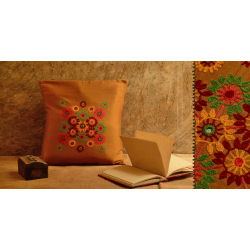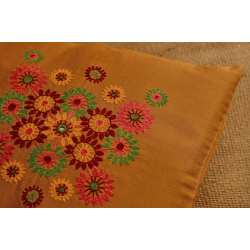Cushioned living ~ Daffodils (Golden yellow * 14 x 14 inch)
- Availability: Out Of Stock
- Made & Mkt by: Hansiba - A Sewa initiative
- Product Code: s3739-SCC8
- Weight: 150.00g
- Dimensions: 35.00cm x 35.00cm x 0.00cm
Rs.725
A room is never complete without an assortment of cushions handpicked with love. Nuff said, never match them with your sheets but match them with yourself. Beautifully hand-embroidered with popping out colors on silk and cotton, they are just what you want after a long day of being out.
The typical dispatch time is 2-3 days; however, in special cases, it may take longer. Please refer to the product details section for specific timelines. Once dispatched, we will share the tracking details with you.
For returns, you can file a request within 24 hours of receiving the product. If the package is damaged, please make a video while unboxing and share images of the damaged item along with your return request.
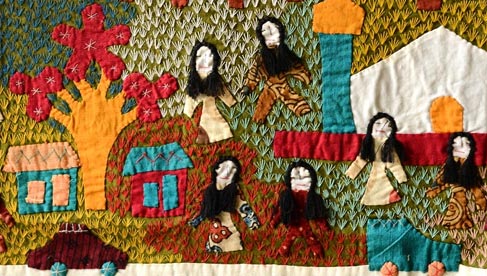
SEWA Self Employed Women’s Association is a member based organization of poor self-employed women workers. Established in 1972 by Ela Bhatt, SEWA is registered as a trade union and has a membership of 1.73 million women workers across eleven states of India. These women work in the informal sector of the economy and do not have a fixed employer-employee relationship. SEWA’s main goal is to organize the women workers for full employment and self-reliance. Full employment means employment whereby workers obtain work security, income security, food security and social security (at least health care, child care and shelter). By self-reliance we mean that women should be self-reliant, individually and collectively, both economically and in terms of decision making ability.
SEWA is also organizing women workers in the informal economy in the neighboring countries of South Asia viz. Afghanistan, Bangladesh, Bhutan, Maldives, Nepal, Pakistan and Sri Lanka. The Hansiba Museum at Radhanpur is the first museum in Gujarat owned and managed exclusively by women artisans of SEWA.

The region around Radhanpur is home to many craft communities- Ahirs, Rabaris, Chaudhari Patels, Harijans, Darbars, etc. who practice various kinds of hand embroidery and appliqué traditions. SEWA has organized around 20,000 women artisans in Vagad and Chorad region of North Gujarat. The Ahirs are a pastoral community that migrated approximately 1100 years ago from Mathura, the land of Krishna. One of the greatest communities with over 10000 members, the Ahirs comprise of Patels and the Brahmins. They practice an embroidery style locally called ‘Soi Bharat’.
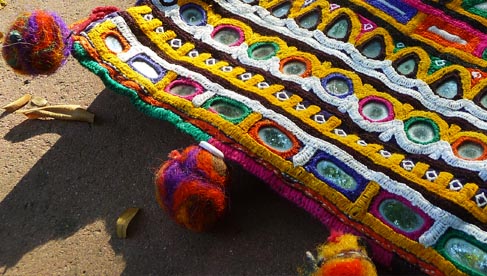
The Rabaris are a pastoral nomadic community known for their distinctive embroidery style which comprises of bold shapes and a generous use of glass mirrors in various shapes: round, lozenge rectangular, square, triangular, and beak shaped. To this, at times, they add appliquéd motifs in bright colors. Approximately 500 craftswomen in this region continue the tradition, handed to them over generations.
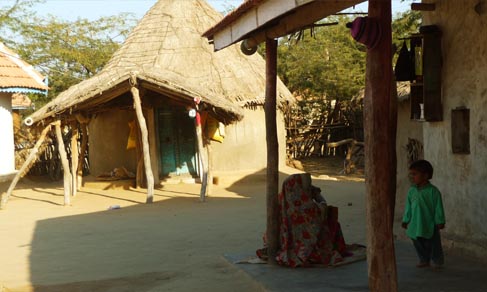
The Chaudhari Patels, worshippers of Harbuda devi megrated to this region around 200 years ago. They use open chain stictch and herringbone stitch generously in their exquisitely embroidered textiles. Around 500 artisans are engaged in the craft in this region.
The Mochi community comprising of around 1500 artisans practice the Aari embroidery, also known as Mochi Bharat or the Cobbler’s stitch. This type of embroidery is worked with a cobbler needle, which is a kind of hook needle, locally called ‘aar’. It requires considerable skill and extensive practice since the thread is introduced from below the fabric.
| Craftsmen | |
| Made by | Artisans at Hansiba-A Sewa initiative |
| Material | |
| Made of | Cotton, Silk |
| Instruction | |
| Note | Imperfections and variations in the product cannot be termed as defects, as these are intrinsic to the handmade process. |
Gujarat is synonymous with colourful embroideries with rich textures, saturated hues and interspersed sparkles. But it is not just Kutch, which is fam..
Rs.3,500
Gujarat is synonymous with colourful embroideries with rich textures, saturated hues and interspersed sparkles. But it is not just Kutch, which is fam..
Rs.3,000
Gujarat is synonymous with colourful embroideries with rich textures, saturated hues and interspersed sparkles. But it is not just Kutch, which is fam..
Rs.3,000
Gujarat is synonymous with colourful embroideries with rich textures, saturated hues and interspersed sparkles. But it is not just Kutch, which is fam..
Rs.2,100
Gujarat is synonymous with colourful embroideries with rich textures, saturated hues and interspersed sparkles. But it is not just Kutch, which is fam..
Rs.1,900
Gujarat is synonymous with colourful embroideries with rich textures, saturated hues and interspersed sparkles. But it is not just Kutch, which is fam..
Rs.1,950
Gujarat is synonymous with colourful embroideries with rich textures, saturated hues and interspersed sparkles. But it is not just Kutch, which is fam..
Rs.1,700
There is something excruciatingly beautiful about a little town in the heart of Rajasthan, specked with colour all the time. With the sun’s heat breat..
Rs.2,060
A mother, wife, daughter, sister, a farmer, a mason, a carpenter, a cattle rearer, a sweeper, a washer, a cook, an individual, a woman and at las..
Rs.1,063
Stone, too heavy; metal, too precious; terracotta, too brittle…. Is there something that can be sculpted like clay, yet doesn’t become heavy and easil..
Rs.550
We at Vanitas Collections are natural-born storytellers. Well, most of us. And that seeps into every part of our brand—we believe homes should tell st..
Rs.4,500
An adolescent girl is sitting on the porch of a neatly arranged hut, fiddling with glass beads and threads, making earnest effort to bring out a patte..
Rs.763 Rs.1,525
A synesthetic expression…where songs and words dance on canvas, colours and patterns make musical harmonies…The Gond tribal painting is an experience ..
Rs.2,600
Our first collectionsare inspired by the natural form of bamboo and its fibre pattern. Theseearrings are about Zenand balance - both for your st..
Rs.2,300
Gathering commences in the middle of deserted pavilions where velvet carpets adorn the Dessert lands & Manganiyars play folk music as a bugle for ..
Rs.512 Rs.1,025
Gathering commences in the middle of deserted pavilions where velvet carpets adorn the Dessert lands & Manganiyars play folk music as a bugle for ..
Rs.512 Rs.1,025
Gathering commences in the middle of deserted pavilions where velvet carpets adorn the Dessert lands & Manganiyars play folk music as a bugle for ..
Rs.512 Rs.1,025
Gathering commences in the middle of deserted pavilions where velvet carpets adorn the Dessert lands & Manganiyars play folk music as a bugle for ..
Rs.512 Rs.1,025
A familiar chatter swells in the air as feet chase the trail of a carelessly flying odhani in the by-lanes of Bhuj, spilling colors all over. While&nb..
Rs.3,070 Rs.3,412
A familiar chatter swells in the air as feet chase the trail of a carelessly flying odhani in the by-lanes of Bhuj, spilling colors all over. While&nb..
Rs.9,310 Rs.10,345
A familiar chatter swells in the air as feet chase the trail of a carelessly flying odhani in the by-lanes of Bhuj, spilling colors all over. While&nb..
Rs.3,460 Rs.3,845

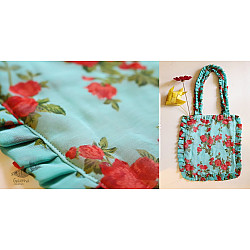
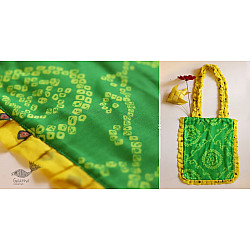
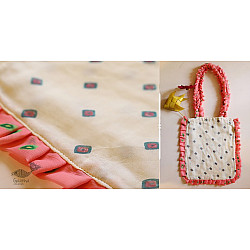
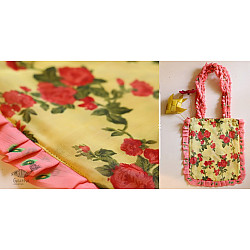
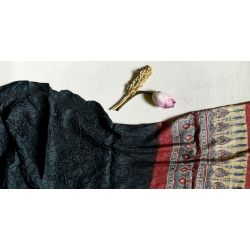
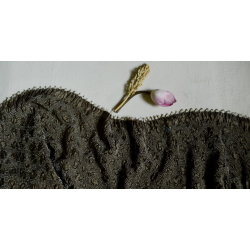
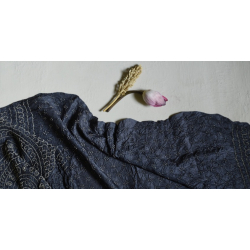
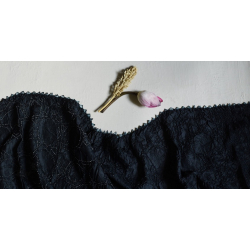
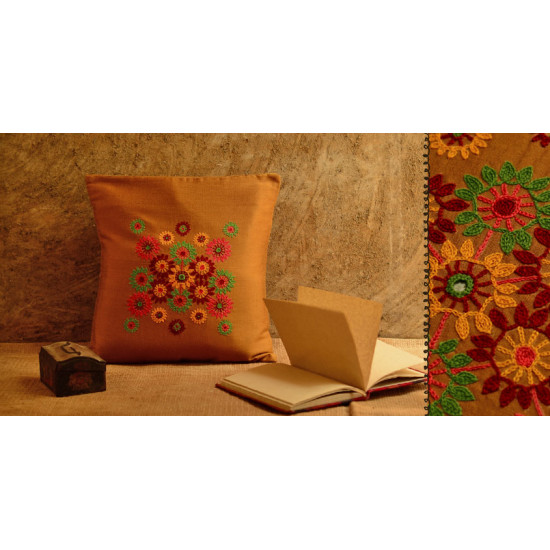
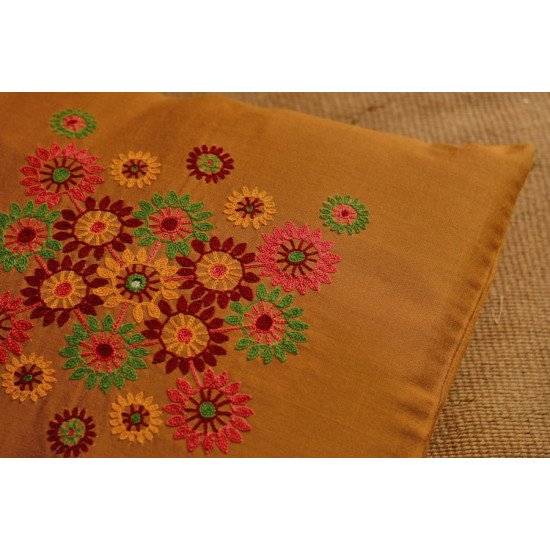
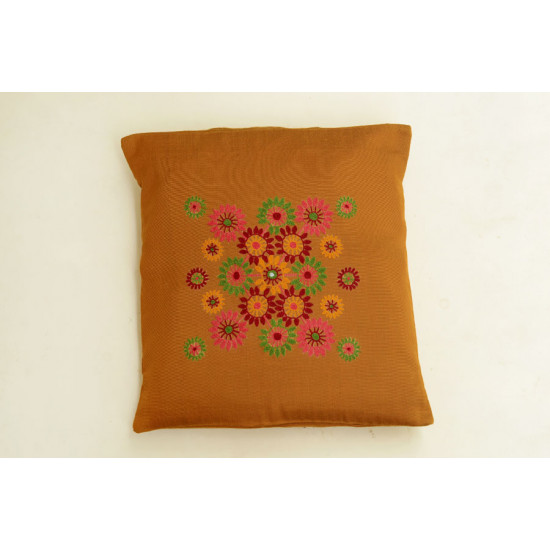




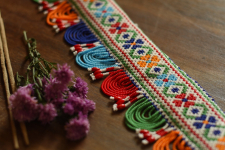
-225x150w.jpg)
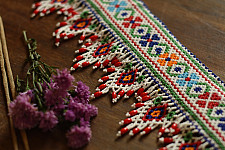
-225x150w.jpg)
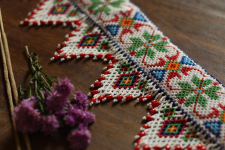
-225x150w.jpg)
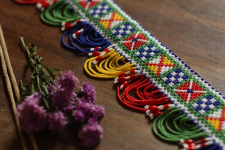
-225x150w.jpg)
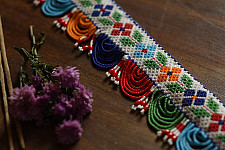
-225x150w.jpg)
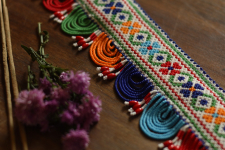
-225x150w.jpg)
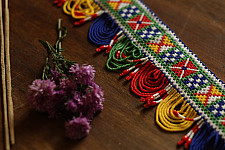
-225x150w.jpg)
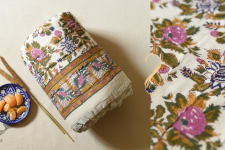
-225x150w.jpg)
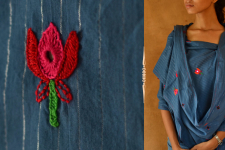
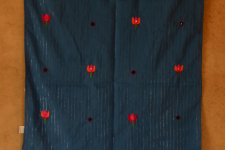
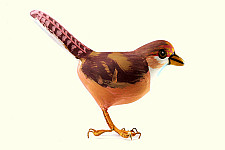
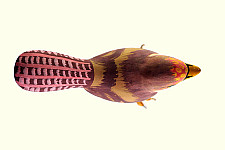


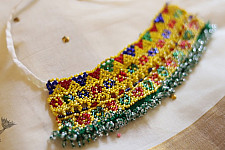
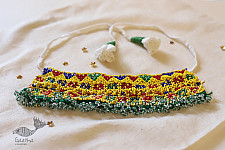
/29_02_2024/Gond-Art-Elephant-Deer-Hand-Painted-Gond-Painting-11-5-x-15-inch-C-15-225x150h.jpg)
/29_02_2024/15-1-225x150w.jpg)
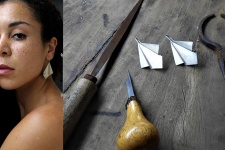
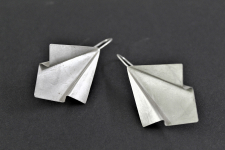
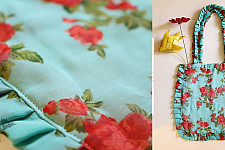
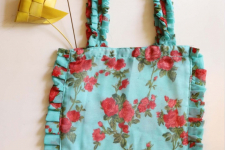
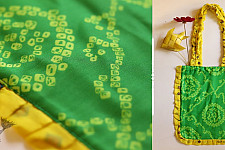
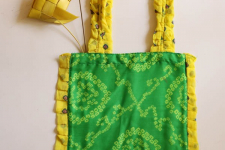
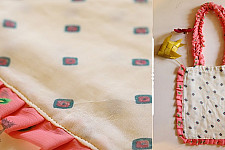
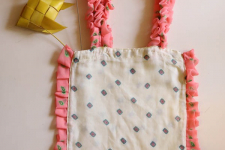
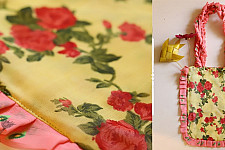
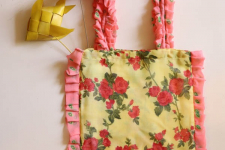
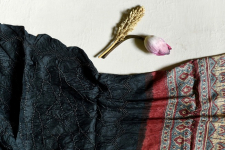
-225x150w.jpg)
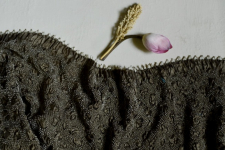
-225x150w.jpg)
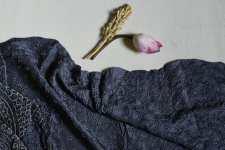
-225x150w.jpg)
